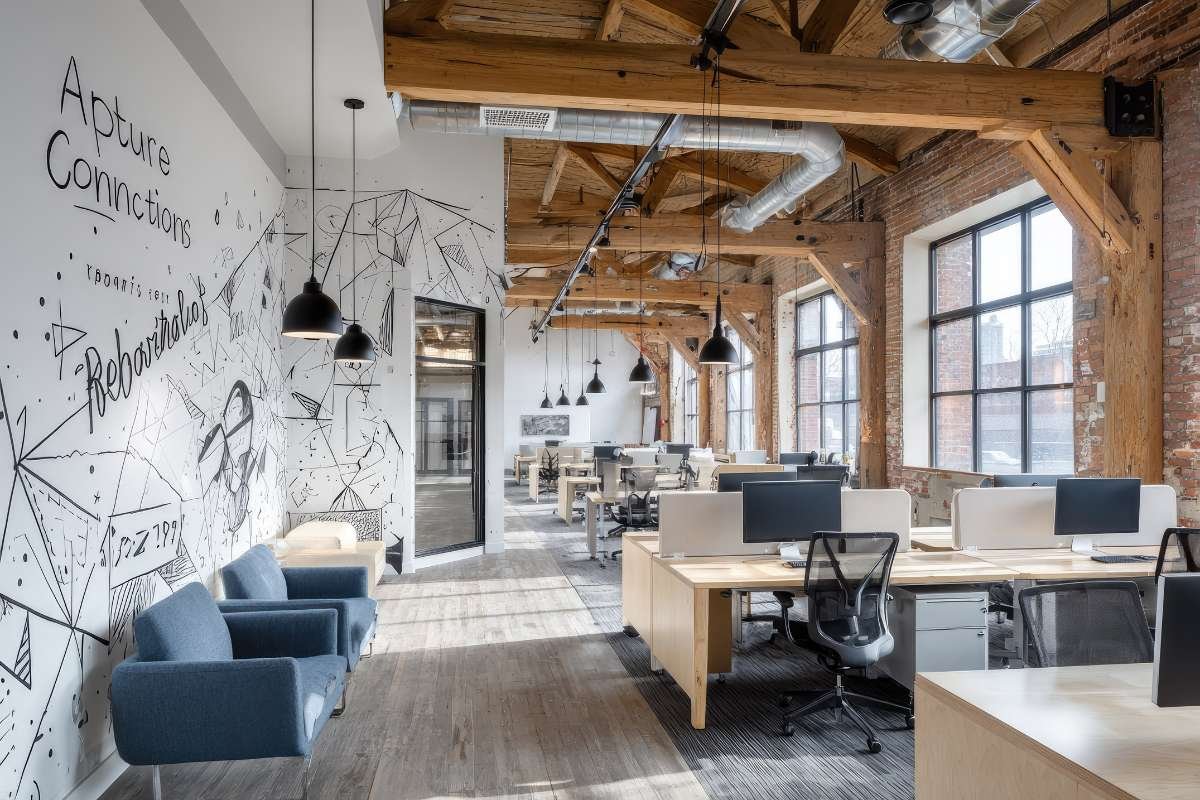When you enter a restaurant, you may notice the décor, lighting, or menu. However, one critical component often goes unnoticed: the furniture layout. The placement of tables, chairs, and other furniture affects more than just the aesthetics of the room; it also has a huge impact on how smoothly the restaurant functions. A well-planned layout can increase staff efficiency, improve service quality, and provide a more delightful dining experience for guests. This article investigates how the design and positioning of restaurant furniture layout might impact both employee performance and overall service quality. Understanding these dynamics enables restaurant owners and managers to make informed judgments about optimizing their layouts for better results.
What is Restaurant Furniture Layout?
To begin, it’s essential to understand what comprises a restaurant furniture layout. This comprises the layout and design of numerous items like tables, seats, booths, and counters. Every piece of furniture affects how the area is used and navigated.
There are a few typical layout styles. The classic plan frequently has fixed furniture combinations that are simple and easy to put up. This basic design is ideal for informal dining places where consistency is essential. On the other hand, the open plan layout is intended to optimize visibility and flow, making it suitable for modern bistros and upmarket dining establishments. This technique frequently improves consumer contact and fosters a more dynamic environment. Finally, the modular layout provides versatility, allowing the restaurant to readily accommodate various group sizes or events. This method is especially effective in fashionable cafés and restaurants that hold a variety of events.
Furniture placement and layout are equally important. Proper space allows consumers and staff to move around easily. Strategic placement promotes an efficient workflow and ensures that high-traffic areas are functional and visually appealing.
Impact on Staff Efficiency

Managers must prioritize developing a high-productivity workplace since it has a direct impact on their team’s efficiency and effectiveness. A well-organized workspace, complete with the necessary tools and resources, can greatly improve employee morale and productivity. Managers may help staff stay focused and motivated by creating an environment that reduces distractions and promotes seamless operations. This not only increases overall productivity but also helps to achieve company goals and preserve a competitive advantage. Investing in such an environment yields better results, increased employee happiness, and a more successful firm.
A well-planned furniture layout has a substantial impact on staff efficiency. Space utilization and process optimization are critical considerations here. Restaurants can reduce time spent on unnecessary steps by arranging furniture to minimize the distance workers must travel. For example, strategically locating service stations and storage facilities can improve task efficiency and productivity in the workplace.
Ergonomics also play an important influence. Comfortable and well-designed furniture can reduce fatigue and improve employee effectiveness. Ergonomic furniture, such as adjustable height tables and supportive seating, reduces physical strain, resulting in improved overall job performance. Also, high-quality, low-maintenance materials can boost employee comfort and efficiency.
Accessibility and communication are other important components. Clear walkways and clear work environments promote easy movement and effective communication among employees. A plan that promotes fluid interactions helps to reduce bottlenecks and operational delays, making the workplace more effective and harmonious.
Influence on Service Quality
The restaurant furniture layout profoundly affects service quality. For starters, an efficient layout can speed up service. Arranging tables and service areas in a way that minimizes delays can lead to faster service times and, consequently, higher customer satisfaction. An effective layout ensures that wait staff can quickly access what they need and attend to customers promptly.

Visual appeal and ambiance are also influenced by the layout. A well-designed space that balances aesthetics with functionality creates a welcoming environment for diners. Elements such as lighting, decor, and furniture placement contribute to the overall ambiance, enhancing the dining experience. A pleasing atmosphere not only attracts customers but also encourages repeat visits.
Flexibility and adaptability in the layout allow a restaurant to adjust to various service needs. Whether accommodating different group sizes or handling peak times, a versatile layout can improve the efficiency of service and adapt to changing demands. Modular and adjustable designs provide the flexibility required to manage diverse dining scenarios effectively.
Best Practices for Optimizing Layout
When optimizing a restaurant’s layout, planning and designing for efficiency is critical. Key considerations include space utilization and ensuring that design principles support operating requirements. Balancing aesthetics and utility helps to avoid frequent errors and ensures that the layout fits both visual and functional needs. Analyzing layout performance with metrics and tools can help lead to improvements and changes.
Incorporating feedback from employees and consumers is critical for continual improvement. Surveys, suggestion boxes, and observational studies can help refine the arrangement. Implementing adjustments based on feedback and engaging in iterative design helps to keep the layout functional and efficient.
To Recap: Achieving Optimal Layout

Finally, the layout of commercial-grade restaurant furniture is significantly more than just a matter of design; it is a critical factor influencing staff efficiency and service quality. Restaurant managers can improve operational flow, minimize employee tiredness, and increase overall service speed by carefully planning and organizing their furniture. An efficient layout facilitates smoother mobility throughout the restaurant, resulting in a more seamless and enjoyable experience for both staff and diners. The careful consideration of ergonomics, accessibility, and flexibility in furniture placement can have a significant impact on a restaurant’s daily operations.
Putting time and effort into perfecting the restaurant furniture layout pays off in a variety of ways. From greater employee productivity to increased client pleasure, a well-planned arrangement produces a more efficient and welcoming atmosphere. Restaurants may maintain a dynamic and flexible space that adjusts to changing needs while improving the eating experience by constantly reviewing and updating the layout based on feedback and performance indicators.


















